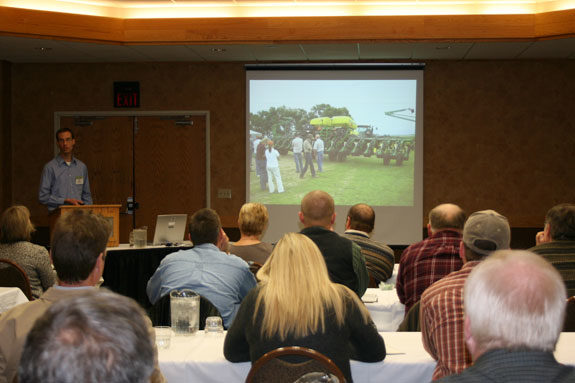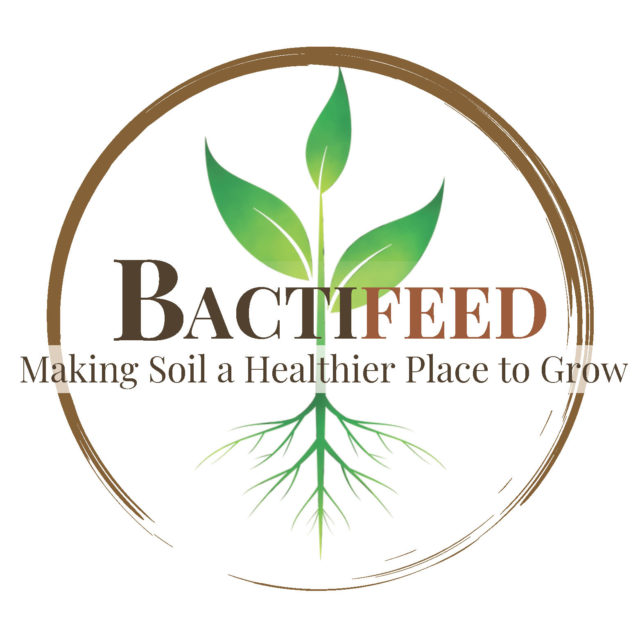A large contingent of producers, consultants, industry representatives, and academia turned out to attend the dual meeting of the Midwest Forage Association’s Risk-Reduction Research Summit and the 2010 Minnesota Forage Research Symposium.
The event was held at the Best Western Kelly Inn on November 16-18. MFA’s Risk-Reduction Research Summit began with presentations by MFA funded researchers updating participants on the status of projects which included: Grass & Grass/Legume Mixture Research Update (Paul Peterson - U of MN), Alfalfa Sulfur Survey (Jerry Clark - U of WI), Wisconsin Alfalfa Yield & Persistence Project (Mike Rankin – U of WI), and Sorghum: A Potential Forage & Biomass Crop in North Dakota (Marisol Bert - NDSU).
In addition to the research focus, participants also heard regulatory updates from Kevin Erickson of USDA’s Risk Management Agency and Paul Flynn of the Natural Resources Conservation Service.

A forage research posterboard session capped off the first evening of the event and provided an opportunity for attendees to network and socialize with fellow industry professionals and learn more about the latest forage related research at the North Dakota State University and the Universities of Minnesota and Wisconsin.
The Summit continued the following morning as the programming portion of the agenda was brought to a close with a forage research update from Deb Samac of USDA-ARS and a report on the status of Roundup® Ready Alfalfa from Matt Fanta of Monsanto.
Participants then rolled up their sleeves and began the work of identifying the forage-related research priorities which will guide MFA’s research agenda for the coming year. Priorities were set in six different categories - commercial hay, dairy, beef, grazers, silage and equine.

The 2010 Minnesota Forage Research Symposium followed the Summit and featured 24 presentations by the most accomplished forage researchers from the University of Minnesota and USDA’s Agricultural Research Service.
Organized by a joint effort of the Midwest Forage Association, MN-SARE, University of Minnesota Extension, and USDA’s ARS, RMA and NRCS, the Symposium featured presentations which covered an impressive array of forage related research topics including alfalfa genomics, bioenergy, reducing crown & root diseases, forage’s role in climate change mitigation, and alfalfa variety management just to name a few.
With more than 120 individuals registered for the three-day event, interest and participation in the first of its kind meeting were high.
“We couldn’t be more pleased with the turnout,” said Beth Nelson, President of the Midwest Forage Association and one of the meeting organizers. “We had all of the forage research “A-listers” here and they didn’t disappoint. It really gives us confidence moving forward as we consider making this a regular event.” FG
—Information and photos provided by John Dockter, Association Director of the Midwest Forage Association
PHOTOS:
TOP: Jeff Coulter, Extension Corn Agronomist with the University of Minnesota, discusses nitrogen benefits to corn following alfalfa.
MIDDLE: Round table discussion group identifying research priorities for commercial hay segment.
BOTTOM: Jim Paulson, University of Minnesota Dairy Extension Educator, discusses forage quality of alfalfa/grass mixtures.










